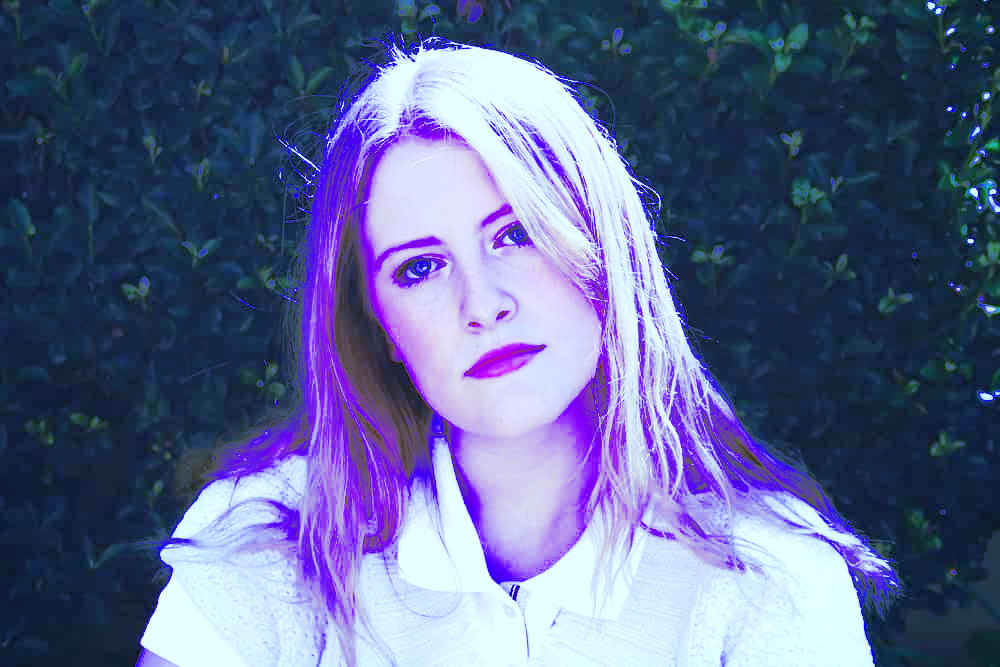Wavy hair sits between fine and dense textures—it needs weight control without flattening the natural bend. The right thinning shear keeps waves defined, reduces interior bulk, and avoids frizz. Use this guide to choose tools available in Australia, apply the correct techniques, and maintain results.
1. Wavy hair considerations
- Medium density with natural “S” pattern; over-thinning collapses movement.
- Sections expand in humidity; tooth spacing must release weight gently.
- Blending needs to avoid hard lines while supporting wave formation.
Review the thinning vs texturizing fundamentals so your team uses consistent terminology.
2. Tool selection criteria
- Tooth count: 30–36 teeth for controlled removal; complement with a 24–28 tooth stepped texturizer for targeted debulking.
- Tooth profile: Stepped or hybrid V/U teeth spread removal through the wave. Flat-top/U teeth polish ends.
- Edge: Convex or semi-convex edges keep glide smooth for slide thinning and wave refinement.
- Spacing: 1.1–1.6 mm gaps prevent snagging while releasing weight.
- Handle ergonomics: Offset/crane handles support diagonal and vertical passes common in wave work.
3. Recommended models (Australian availability)
| Tier | Model | Tooth profile | Steel | Why it suits wavy hair | Typical AUD RRP |
|---|---|---|---|---|---|
| Premium | Joewell FX Pro 32T | Stepped 32 tooth | Supreme Alloy (~60 HRC) | Balanced removal with convex edge; great for mid-shaft wave control. | $620–$660 |
| Premium | Kamisori Serenity II 35T | U/stepped hybrid | VG10 (61 HRC) | Smooth glide, optional texturizer pair available. | $490–$530 |
| Mid-tier | Yasaka 35T | V/U hybrid | ATS-314 (60 HRC) | Lightweight, sharp, easy to service locally. | $420–$460 |
| Mid-tier | Juntetsu Offset 32T | Shallow V | VG10 (61 HRC) | Reliable daily blender with strong ergonomics. | $410–$440 |
| Apprentice-friendly | Mina Classic 35T | U-groove | 440C (58 HRC) | Forgiving removal, budget-friendly, includes case. | $220–$250 |
| Apprentice-friendly | Jaguar Silver Line CJ5 Plus 32T | Stepped | German chromium steel (58 HRC) | Durable, adjustable tension, ideal training tool. | $320–$350 |
Pricing sourced from Australian distributors (Japan Scissors, Excellent Edges). Confirm current offers before purchasing.
4. Technique reminders
- Section diagonally: follow the natural wave direction to maintain flow.
- Mid-shaft passes: work 5–7 cm from the root; avoid the top wave crest to preserve bounce.
- Use progressive closing: close shear gently while withdrawing to avoid sharp bends.
- Alternate tools: debulk with 28-tooth stepped texturizer; refine with 32–35 tooth blender.
- Humidity control: finish with anti-humidity or curl-defining products after thinning.
Cross-check with our advanced slide thinning guide for glide control.
5. Maintenance pointers
- Clean teeth immediately—wave styling products can gum up channels.
- Oil pivot daily for smooth passes.
- Schedule sharpening every 4–6 months; stepped teeth need specialist care (see sharpening guide).
- Track passes and client feedback to fine-tune approach each appointment.
6. FAQ
Can I use chunkers on waves?
Only for targeted interior removal on very dense sections, followed by blending with a higher tooth count to avoid holes.
How do I prevent frizz?
Work with clean, dry hair, use light passes, and apply smoothing or curl creams during finishing.
Do I need separate tools for wet vs dry waves?
Yes—keep a primary convex blender for dry finishing and a stepped texturizer for damp debulking.
Equip your station with the right tooth profiles and follow these techniques to preserve the natural movement wavy clients love while making their hair easier to style between visits.
